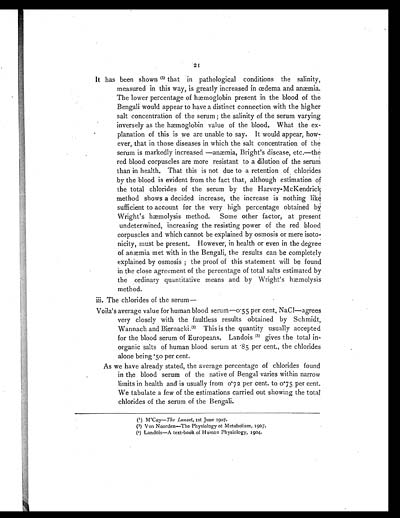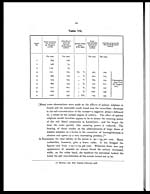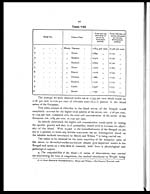Medicine - Institutions > Army health reports and medical documents > Scientific memoirs by officers of the Medical and Sanitary Departments of the Government of India > Number 34 - Standards of the constituents of the urine and blood and the bearing of the metabolism of Bengalis on the problems of nutrition > Standards of the constituents of the urine and blood and the bearing of the metabolism of Bengalis on the problems of nutrition
(29) Page 21
Download files
Individual page:
Thumbnail gallery: Grid view | List view

21
It has been shown (1) that in pathological conditions the salinity,
measured in this way, is greatly increased in œdema and anæmia.
The lower percentage of hæmoglobin present in the blood of the
Bengali would appear to have a distinct connection with the higher
salt concentration of the serum; the salinity of the serum varying
inversely as the hæmoglobin value of the blood. What the ex-
planation of this is we are unable to say. It would appear, how-
ever, that in those diseases in which the salt concentration of the
serum is markedly increased —anæmia, Bright's disease, etc.—the
red blood corpuscles are more resistant to a dilution of the serum
than in health. That this is not due to a retention of chlorides
by the blood is evident from the fact that, although estimation of
the total chlorides of the serum by the Harvey-McKendrick
method shows a decided increase, the increase is nothing like
sufficient to account for the very high percentage obtained by
Wright's hæmolysis method. Some other factor, at present
undetermined, increasing the resisting power of the red blood
corpuscles and which cannot be explained by osmosis or mere isoto-
nicity, must be present. However, in health or even in the degree
of anæmia met with in the Bengali, the results can be completely
explained by osmosis; the proof of this statement will be found
in the close agreement of the percentage of total salts estimated by
the ordinary quantitative means and by Wright's hæmolysis
method.
iii. The chlorides of the serum—
Voila's average value for human blood serum—0.55 per cent, NaCl—agrees
very closely with the faultless results obtained by Schmidt,
Wannach and Biernacki.(2) This is the quantity usually accepted
for the blood serum of Europeans. Landois (3) gives the total in-
organic salts of human blood serum at .85 per cent., the chlorides
alone being .50 per cent.
As we have already stated, the average percentage of chlorides found
in the blood serum of the native of Bengal varies within narrow
limits in health and is usually from 0.72 per cent. to 0.75 per cent.
We tabulate a few of the estimations carried out showing the total
chlorides of the serum of the Bengali.
(1) M'Cay—The Lancet, 1st June 1907.
(2) Von Noorden—The Physiology of Metabolism, 1907.
(3) Landois—A text-book of Human Physiology, 1904.
Set display mode to: Large image | Zoom image | Transcription
Images and transcriptions on this page, including medium image downloads, may be used under the Creative Commons Attribution 4.0 International Licence unless otherwise stated. ![]()
| Permanent URL | https://digital.nls.uk/75032321 |
|---|




